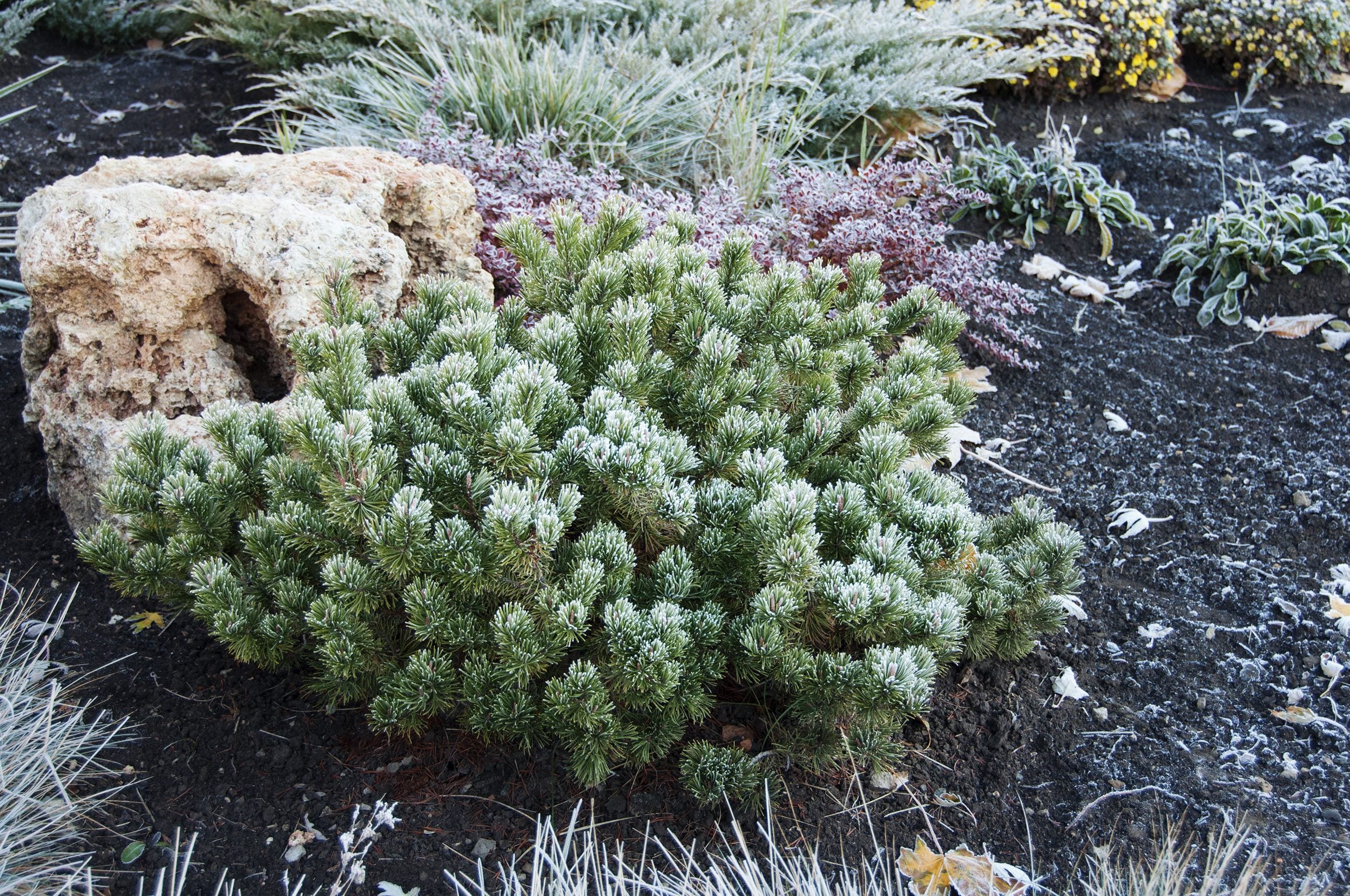Dwarf Pine Growing Conditions – Care Of Dwarf Pine Trees


Conifer trees add color and texture to a backyard or garden, especially in winter when deciduous trees have lost their leaves. Most conifers grow slowly, but that young pine you plant today will, in time, tower over your home. One way of keeping your conifers small is to start growing dwarf pines instead of standard pine trees. Dwarf pine trees look as attractive as standard pines, yet they never get so big that they become a problem. Read on for information on planting dwarf pines and tips on dwarf pine varieties that might work well in your yard.
Dwarf Pine Trees
Planting dwarf pines is a great idea when you want the green color and the conifer texture, but your space is too tall for a forest. There are a large number of dwarf pie varieties that make growing dwarf pines easy. Your best bet is to review the different dwarf pine varieties. Pick dwarf pine trees based on their mature size, hue of needles, hardiness zone, and other particulars.
Dwarf Pine Varieties
If you want very low pines, conifer groundcover rather than a tree, consider Pinus strobus ‘Minuta.’ This low, mounding cultivar looks like white pine (found in the northeast of the country). However, given its dwarf status, this conifer won’t fall over and crush your car or house in high winds or storms. If you are thinking of growing dwarf pines that are slightly larger, consider Pinus parviflora ‘Adcock’s Dwarf’ that gets 3 or 4 feet (1 m.) in both directions. This is a type of Japanese white pine with twisted blue-green needles and a rounded growth habit. To start growing dwarf pines that are slightly larger, plant Pinus strobus ‘Nana.’ It grows to 7 feet tall (2 m.) and can grow wider than its height. This is one of the taller dwarf pine varieties with a mounded, spreading growth habit, and is a low-maintenance selection.
Dwarf Pine Growing Conditions
Optimal dwarf pine growing conditions vary among species, so be sure to ask at the garden store when you buy. Obviously, you want to pick a site with adequate space for the tree’s mature shape. Since “dwarf” is a relative term, pin down the potential height and width of your selection before planting. You’ll also have to tailor site selection to whatever dwarf pine varieties you decide to plant. While many conifers prefer shady areas, some specialty conifers require full sun. All conifers like cool, moist soil. When you are growing dwarf pines, apply a layer of wood chips around the base of the trees to achieve this end. In addition, water the pines during dry weather.
Sign up for the Gardening Know How newsletter today and receive a free copy of our e-book "How to Grow Delicious Tomatoes".

Teo Spengler is a master gardener and a docent at the San Francisco Botanical Garden, where she hosts public tours. She has studied horticulture and written about nature, trees, plants, and gardening for more than two decades, following a career as an attorney and legal writer. Her extended family includes some 30 houseplants and hundreds of outdoor plants, including 250 trees, which are her main passion. Spengler currently splits her life between San Francisco and the French Basque Country, though she was raised in Alaska, giving her experience of gardening in a range of climates.